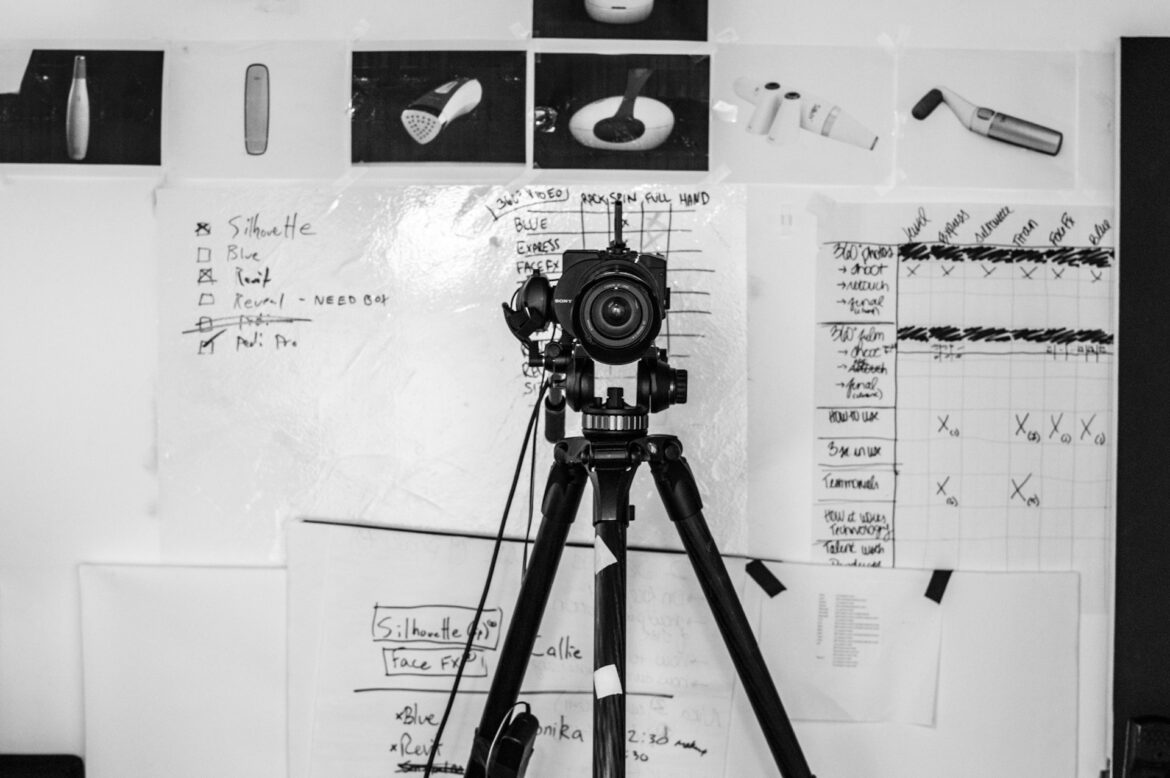
Lights, camera, action! These words often come to mind when we think about filmmaking. However, many people don’t realize that a crucial phase happens long before the cameras start rolling: pre-production. This behind-the-scenes process is where the magic truly begins, as it lays the groundwork for a successful production. Whether you’re a budding filmmaker or simply curious about the filmmaking process, this step-by-step guide to pre-production will give you a peek into the fascinating world behind the camera.
1. Conceptualization: From Idea to Script
Every great film starts with an idea. It could be a fleeting thought, a personal experience, or even a dream. The first step in pre-production is to flesh out this idea into a concrete concept. This involves brainstorming, research, and plenty of creative thinking.
Once you have a solid concept, it’s time to put pen to paper (or fingers to keyboard) and write a script. This script will serve as the blueprint for your film, outlining the dialogue, action, and overall story structure. Don’t worry if you’re not a seasoned screenwriter – plenty of resources are available to help you craft a compelling script, from screenwriting software to online courses.
2. Planning: Budgeting and Scheduling
With a script in hand, it’s time to start planning the logistics of your production. This includes budgeting and scheduling – two crucial aspects of pre-production that can make or break a film.
Budgeting involves determining how much money you’ll need to bring your vision to life. This includes everything from equipment rental and location fees to cast and crew salaries. It’s important to be realistic about your budget and to allocate funds wisely to ensure you have enough to cover all aspects of production.
Scheduling is equally important, as it determines when and where filming will occur. This includes setting dates for principal photography and any additional shoots or rehearsals. A well-thought-out schedule can help keep your production on track and prevent costly delays.
3. Casting: Finding the Right Talent
No film would be complete without its cast of characters. Casting is finding the right actors to bring your script to life. This involves holding auditions, reviewing headshots and resumes, and ultimately making casting decisions based on talent, chemistry, and suitability for the roles.
Casting can be a time-consuming process, but it’s essential to take the time to find the perfect actors for your project. A talented cast can elevate even the simplest of scripts and bring depth and authenticity to your film.
4. Location Scouting: Setting the Scene
The next step in pre-production is location scouting. This involves finding the perfect settings for your film, whether it’s a bustling city street, a quaint countryside cottage, or a spooky abandoned warehouse.
Location scouting is more than just finding visually appealing places – it’s also about practicality. You’ll need to consider factors such as accessibility, permits, and noise levels, as well as how each location fits into your overall vision for the film.
5. Storyboarding: Visualizing the Action
Once you have your script, cast, and locations, it’s time to start visualizing your film. Storyboarding is creating a series of drawings or illustrations that map out each shot and scene in the film.
Storyboarding allows you to experiment with different camera angles, compositions, and visual effects before stepping on set. It’s an invaluable tool for both directors and cinematographers, helping to ensure that everyone is on the same page and that the vision for the film is clear and cohesive.
6. Preparing for Production: Finalizing Details
As production day draws near, plenty of details remain to finalize. This includes hiring crew members, securing equipment rentals, and obtaining any necessary permits or insurance.
It’s also important to hold pre-production meetings with key cast and crew members to review the script, discuss logistics, and address any concerns or questions. Clear communication is essential at this stage to ensure that everyone is on the same page and that the production runs smoothly.
Conclusion: The Foundation of Filmmaking
Pre-production may not be as glamorous as the glitz and glamor of the red carpet, but it’s an essential part of the filmmaking process. Even the most talented cast and crew can’t bring a film to life without careful planning and preparation. So the next time you watch your favorite movie, take a moment to appreciate all the hard work behind the scenes during pre-production – it truly is where the magic begins.


